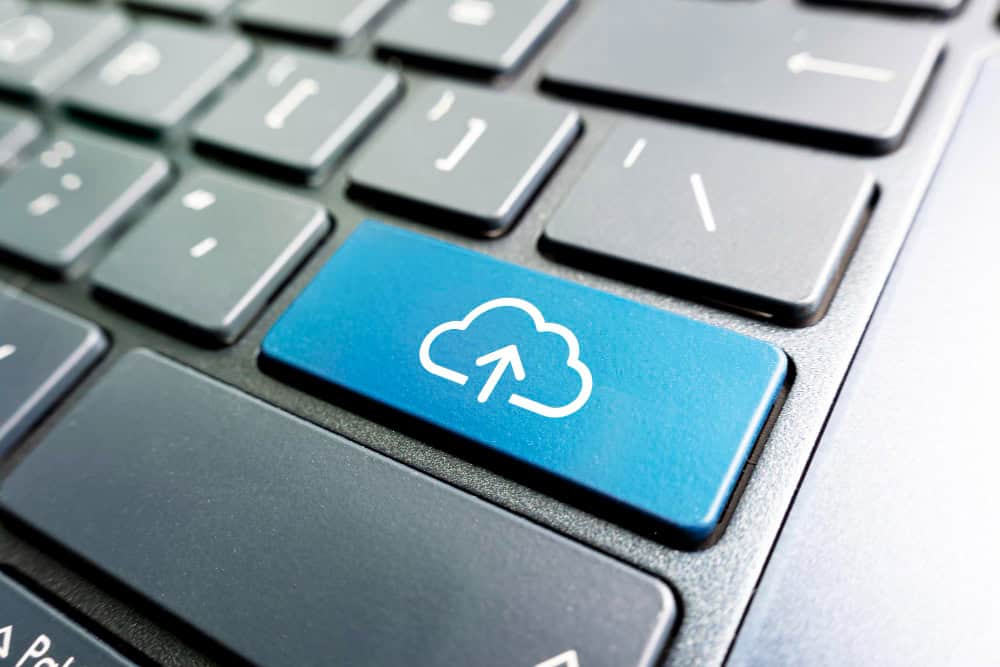The terms big data and predictive analytics are becoming more and more prominent in the business world and across industries, and for good reason. Big data makes the world go round, but the application of big data for predictive analytics provides businesses with essential insights that help them gain a competitive edge, identify new opportunities to increase revenue, and reduce customer churn.
Table of Contents
ToggleEach of these elements is a priority for businesses, including Telcos, as it impacts profitability. We deep dive into big data, predictive analytics, their differences, and the value they add below.
Overview of Big Data Predictive Analytics
Big data and predictive analytics are often terms clumped together, but they are two different elements, with one needing the other to function.
In simple terms, big data is accelerating volumes of large data sets or information assets that come from several different data sources and are stored in data warehouses and databases.
In terms of a telecommunications business think of data sets as holding the information relating to customer demographics, locations, sales, and more. For businesses to utilise these large volumes of data, they need to be interpreted, leveraged, and understood – this is where predictive analytics comes in.
Predictive analytics are analytics tools that utilise algorithms, data mining, machine learning, artificial intelligence, business intelligence (BI) technology, and more to convert big data into actionable insights. During this process, current and historical data is analysed to provide businesses with insight and information that is used to:
- Create new business applications, services, and product offerings
- Identify new trends or risks
- Alert to problems or issues related to customer experience, services, or offerings
- Detect factors affecting productivity and profitability
- Forecast future events and make predictions
Big data and predictive analytics provide businesses with a glimpse into possible future outcomes and customer patterns. This then allows businesses to predict, solve and create solutions and services that will impact profitability and provide a competitive edge. This technology is used across various industries including manufacturing, retail, healthcare, financial services, and of course telecommunications.

Big Data and Predictive Analytics Technologies – The Differences
There are fundamental differences between big data and predictive analytics. In terms of basic functions, big data is the collection of large volumes of raw data from various sources that are then systematically stored. Predictive analytics utilises big data to identify insights and patterns to predict future outcomes and events.
In terms of technology use, the two are also quite different. Big data technologies include:
- Data storage – this refers to the use of computing and storage technology that collects and manages large data sets and allows for real-time data analytics.
- Data mining – is the process of sorting through big data sets to identify patterns and relationships.
- Big data analytics – is the process of examining big data to identify insights, hidden patterns, trends, and customer preferences that will ultimately improve decision making.
- Data visualisation – is the graphical representation of information and data through the use of graphs, imagery, maps, platforms, etc. that facilitate the efficient understanding of the data at hand.
On the other hand, predictive analytics uses several different predictive models and predictive analytics techniques that many businesses choose to combine to provide a full representation of the complex data available. These models utilise different data analytics and are set to provide accurate information on elements that affect the business. These include:
- Regression models – this regression analysis is often used to predict demand during various months and how operations can meet this demand.
- Clustering – this model is often used for customer segmentation as it involves grouping data and variables, based on similarities, into clusters. This enables the identification of patterns concerning customer demographics, locations, etc.
- Classification – this model establishes the shared characteristics of large data sets and determines the category of a new piece of data based on its characteristics.
Predictive Analytics, Big Data, and How to Make Them Work for You as a Telco
From the above, there is no doubt that predictive analytics tools and big data add value to a business and offer the relevant data and insight needed to enhance operations, performance, services, decision making, and more. These elements impact business profitability and customer churn, which is necessary for business success. In the context of Telcos, this technology can be used to:
- Detect fraudulent activity– in a digital age, fraudulent activity is a real threat. This technology allows data statisticians and data scientists to identify, detect and prevent cybersecurity issues and fraud. The algorithms are used to process data and find patterns in real-time to identify vulnerabilities and threats to protect your business and customers.
- Optimise marketing campaigns – the insight gained from big data, and predictive analytics help businesses target the right customer base with the right product offerings, enhancing profitability. These analytics allows businesses to determine customer responses and therefore improve targeting.
- Improve network operations monitoring and management – using predictive analytics, Telcos can identify traffic patterns, peak use times and forecast industry needs and demands. Using this insight, the business can put measures in place to ensure that the network runs smoothly and that the customers have access to what they need. This technology is also used to manage and optimise backend workflows, maintenance activities, alerts on equipment failure, and provide real-time updates on the network.
- Enhance customer experience – predictive analytics provides historical data on customers who have already churned as well as insight into their behaviors and reasons for the churn. By addressing the reasons for customers leaving, you will also identify opportunities to enhance the customer experience.
Conclusion
Big data and predictive analytics are technologies that businesses can use to give themselves a competitive edge in the market. In terms of Telcos, this technology is used to provide valuable insight into the business processes, the performance of services and offerings as well as customer experience.
This insight is then used to enhance operations, offerings, and customer experience as well as make informed decisions which in turn impacts profitability. Going forward we expect to see big data and predictive analytics continuing to impact the industry as a whole, especially with the increase in the use of the Internet of Things (IoT). Telcos that effectively use big data and predictive analytics will have a competitive edge.

Future-proof your Business with CDRlive
Discover how CDR is key to making effective revenue and churn decisions in the Telco industry and why call data records are the lifeblood of telecommunications.

Entrepreneurial Technologist with a proven track record in IT, Infrastructure and Service Management.Strong focus on solution design, implementation and integration, specifically within the mobile data and connectivity landscape.




